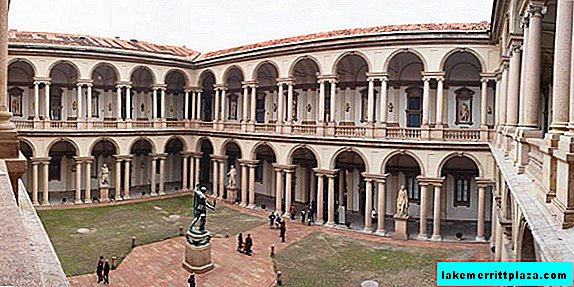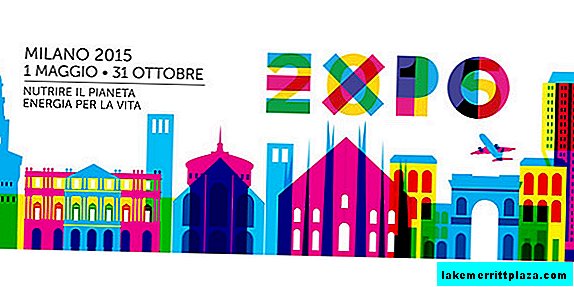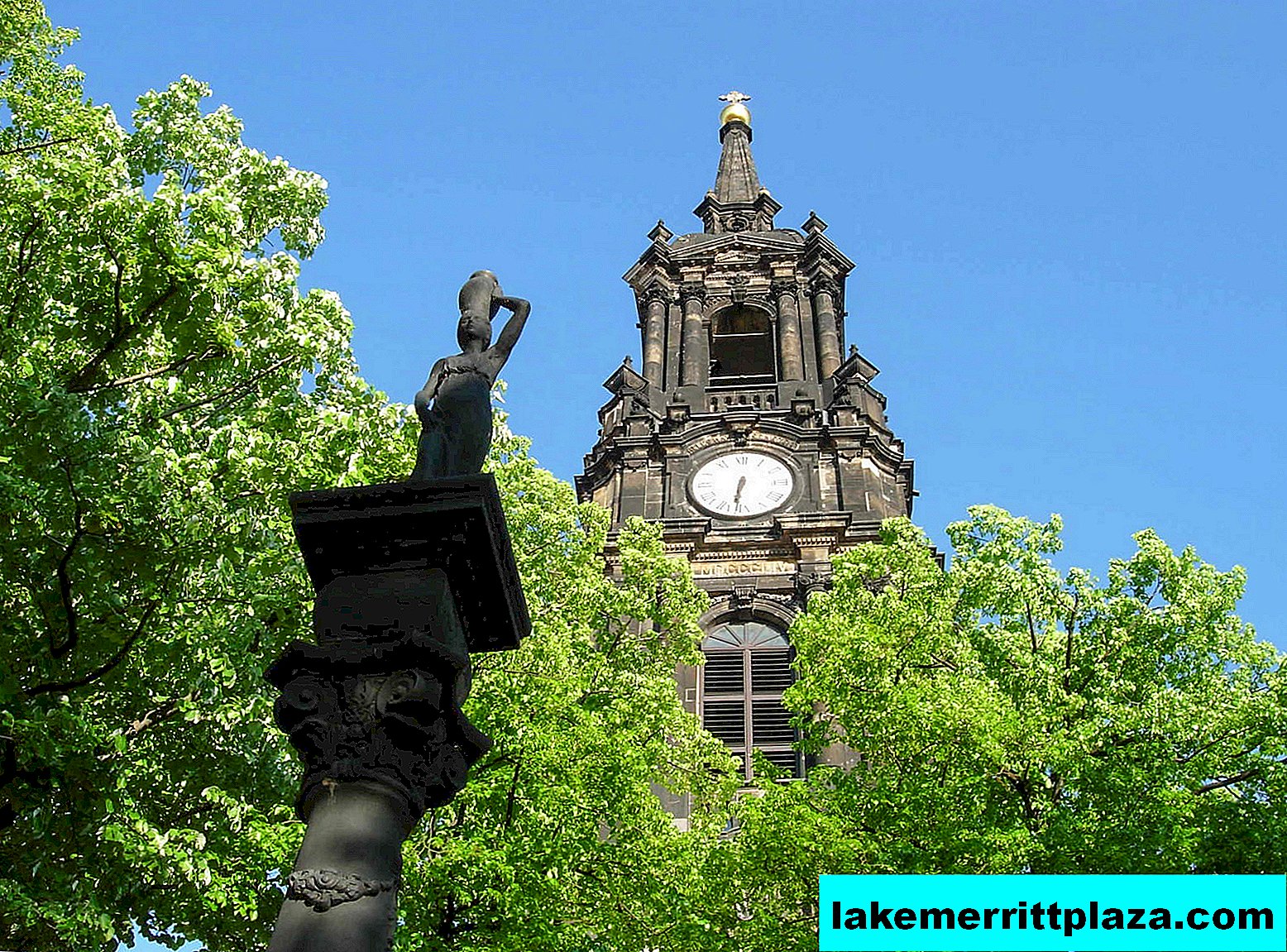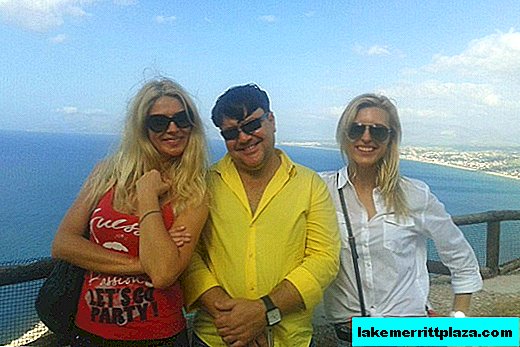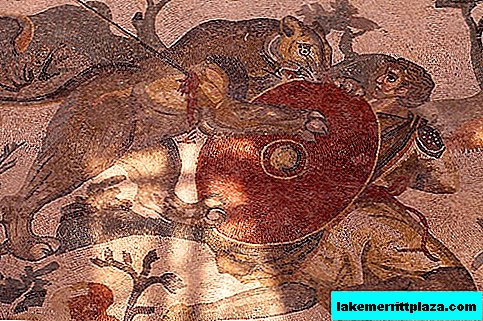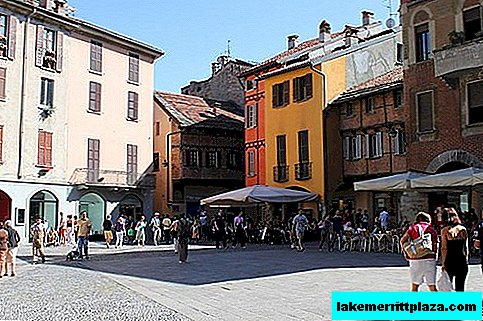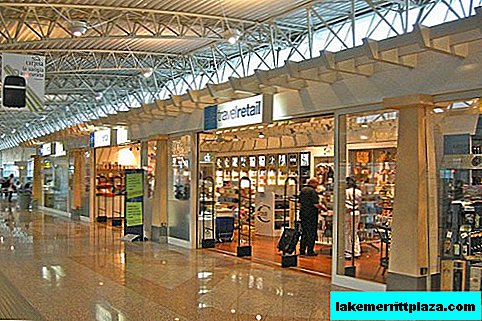Friedberg - one of the most picturesque cities in Bavaria, which is located on the popular tourist route "Romantic Road". A fortress in these parts arose as an obstacle to the way of the Hungarians who raided here in 1264.

Friedberg City - Ducal Frontier Fortress
In 2014, the city of Friedberg celebrated its 750th anniversary. It was founded in 1264 as a border ducal fortress on Lehrain. The first fortifications on Fried Hill arose as early as 1257. The fortress protected the possessions of Ludwig II Wittelsbach from attacks from Augsburg.
Medieval city fortifications

Medieval city walls
Initially, the city was surrounded by a double ring of fortifications (Stadtbefestigung). A vertical precipice defended it on the western side; on the other three sides, the city rampart was surrounded by a wide and deep moat. Inside the walls, people passed through a stone bridge, which in the middle was separated by a second, drawbridge.
Only fragments of fortifications opposite the Leh River were preserved in their former form. The remaining parts of the city rampart were demolished or built into buildings - the houses of the townspeople were sculpted directly against the wall (these houses now have the status of a monument, and the owners are forced to live in them without alterations). There is no medieval gate left at all.
Wittelsbach Castle

Friedberg Castle
Wittelsbacher Castle (Wittelsbacher Schloss) after the destruction of the Thirty Years War was rebuilt in the Renaissance style. Reconstruction ended in 1559. Jörg Stern worked on the project, and Narcissus Krebs led the construction. The architecture has preserved both Romanesque and Gothic features.
In the 18th century, a faience factory was operating in the castle, now it houses the Museum Friedberg and an exposition of ceramics. The main exhibit of the city museum is a collection of watches (the products of Friedberg watchmakers were known around the world).
Town Hall

Town Hall, digital cat photo
The Rathaus building (1680) stands in the center, on Marienplatz. Its facade is crowned with a curly pediment with volutes, windows and entrance portals are decorated with embossed cornices. The interiors are decorated with grandiose historical paintings by Joseph Widmann.
Pilgrimage Temple of the Rest of the Lord

Pilgrimage Temple of the Rest of the Lord
The pilgrimage temple of the Rest of the Lord (Wallfahrtskirche Herrgottsruh) was consecrated in 1753.
Church of St. Jacob

Church of st. Jacob
The Church of St. Jacob (Pfarrkirche St. Jakob) was erected on the site of the previous church in 1871-72. The building was built in the pseudo-Romanesque style.
Fountain Mary's Well

Fountain Mary's Well
The fountain of Mary's Well (Marienbrunnen) in 1599 was created as a plague column. Since 1788, the column became a fountain, and in the 21st century the figures of the apostles Peter and Jacob were added to the sculptural group.
Friedberg (Bavaria) is one of the cities on the popular Romantic Road route in Germany.
How do I save on hotels?
Everything is very simple - look not only at the booking. I prefer the search engine RoomGuru. He is looking for discounts at the same time on Booking and on 70 other booking sites.


